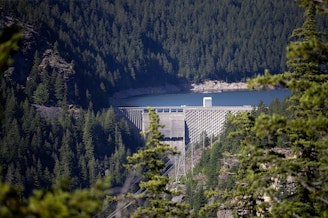These flowers smell like watermelon and seem inspired by Dr. Seuss. What are they?
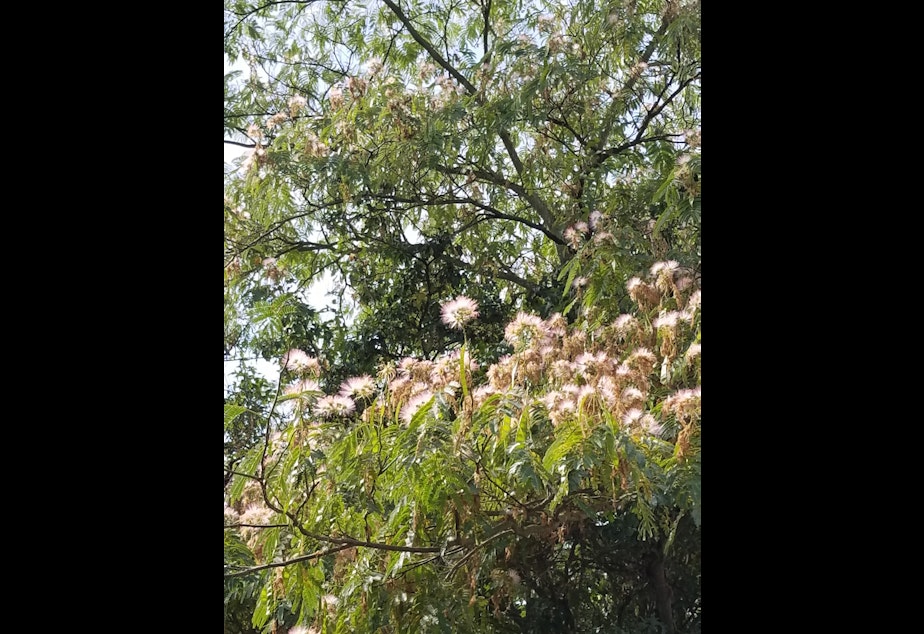
KUOW Listener Erika Tobiason wanted to know what tree produces those pink fronds.
So we arranged for her to meet tree expert, Arthur Lee Jacobson. Jacobson is author of "Trees of Green Lake."
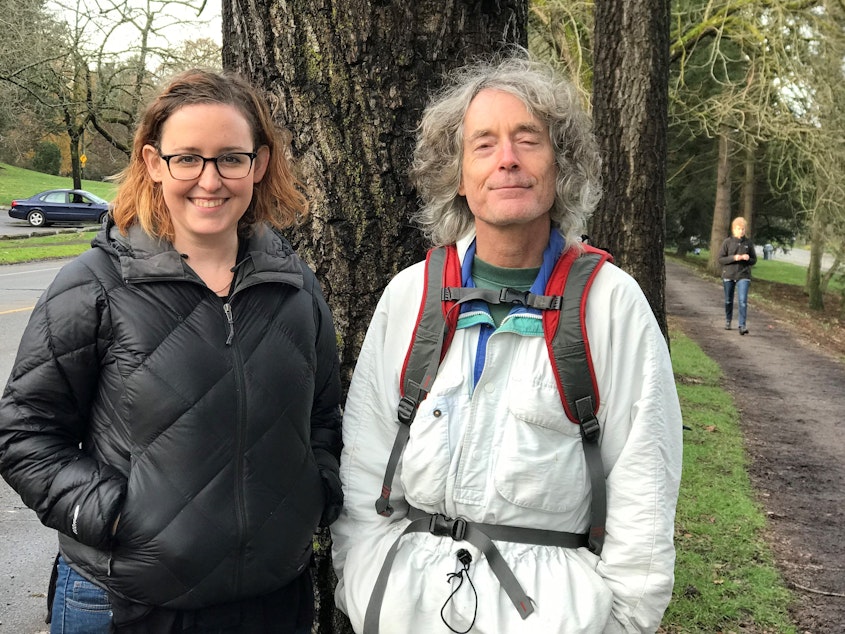
Tobiason: Some of my favorite trees at the lake are the ones with little pink fronds on them. They remind me of Dr. Seuss. Do you know what that variety is?
Jacobson: It’s probably one that has many names, but I call it a Silk Tree. It’s an astonishing tree because it’s native from Ethiopia all the way to Japan. It grows extremely fast.
Sponsored
A lot of people call it the Mimosa Tree and some people think those pink flowers smell like watermelons.
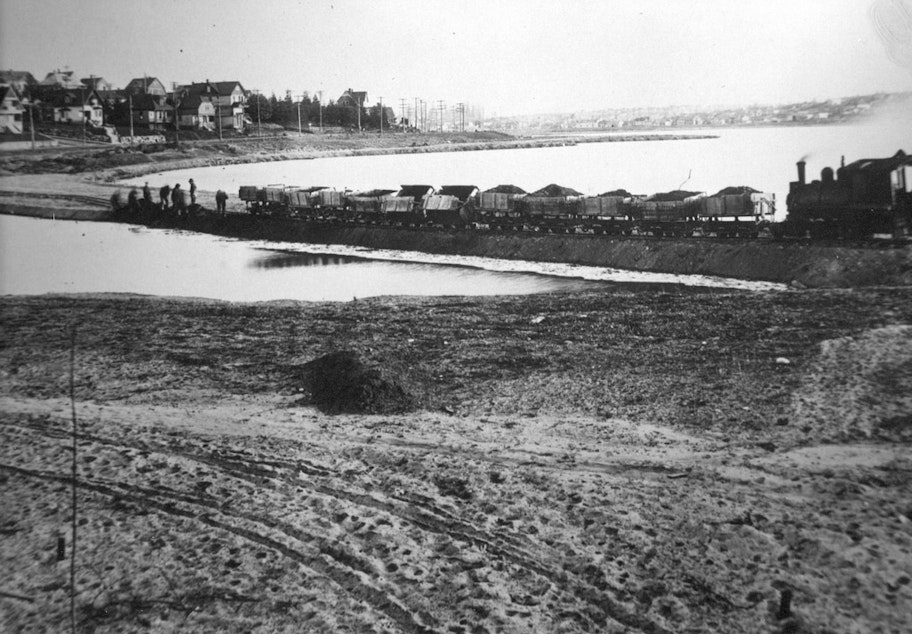
What's the history of the trees at Green Lake?
In the early 1900s there was a "city beautiful movement" going on in Seattle. Essentially, we were a hick town and wanted to be cool like in Europe and back east.
The city of Seattle purchased the lands surrounding Green Lake with the idea of creating a city park. The Olmstead Brothers Landscape Architecture firm of Massachusetts was hired to make that happen. At the time, Green Lake was a swampy area of alders and mosquitoes.
Sponsored
In 1910, the lake was lowered seven feet.
The present road around Green Lake used to be where the lake went. It had to be lowered in order to make room for trees to be planted around the water's edge.

How many trees are planted at the lake with how many varieties?
Only god knows. There’s certainly more than 200 different kinds of trees presently. But some were planted and some came up wild and there’s not an up-to-date census. But there’s thousands of trees if you include babies, middle-aged and old ones, planted and wild.
Sponsored
I started walking around Green Lake during maternity leave in the summer and I noticed there are a lot of trees with plaques on them. What's the history of those?
In the late 1990s there was a group of volunteers called the Green Lake Park Alliance. They documented the history of the lake and wanted to label the trees. The group received a small donation, enough to add only a few name tags.

What are some of the oldest trees planted at Green Lake?
The row of Black Walnuts on the southwest side of the lake are some of the oldest. Over 50 of the trees were planted along the southwest side of the lake in 1919 to commemorate soldiers from Seattle who lost their lives in World War I.
Sponsored
It was the custom back then to use Black Walnut wood for rifle gun stocks and airplane propellers. Normally Black Walnuts aren't used as street trees because they drop hard nuts that hit cars and are difficult to walk on.
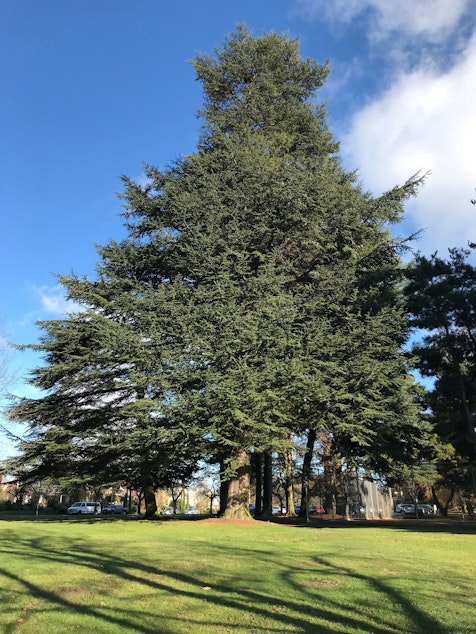
Up until a few years ago, Green Lake had the distinction of having the tallest tree of one variety in the state. What was it?
One of the Cedars of Lebanon that’s planted by the tennis courts and Bathhouse Theater was over 100 feet tall.
Back in the 1930s, when the courts were new, a lawyer who lived across the street thought they were an eyesore. He wrote a letter of complaint to the Seattle Parks Department saying in effect, please shrub it up and make it beautiful – he might have been implying he’d sue if they didn’t – so they planted a row of evergreens including the Cedars of Lebanon that blocked his view of the tennis courts.


